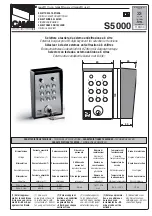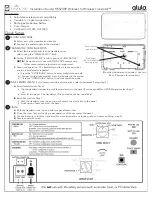
37
Automatic Accompaniment
■
About Chords
A chord is produced when several notes are played simultaneously. Chords are
indicated by the pitch of the fundamental note of the chord (the root) and the chord
type, which is determined by the other notes of the chord.
For example, the C m chord is expressed in terms of the root note “C” and the chord
type “m” (minor). C m is made up of the three notes “C,” “E
b
” and “G.”
“C m” is indicated as the chord name on the Basic screen.
fig.chord.e
All chord roots are indicated as a letter, sometimes with
#
or
b
added, and correspond
to the notes shown below.
fig.chord-root.e
■
Playing Chords with Simple Fingering
(Chord Intelligence)
“Chord Intelligence” is a feature that chooses the accompaniment chords the
moment you play a key.
To play a “C” chord, for example, you normally have to play the three keys C, E, and
G. But with Chord Intelligence, you only have to press the C key to start a “C” chord
accompaniment.
fig.chord-intel.e
C
G
E
C
m
Root Note
Chord Type
Root Note
Normally, settings used for the
Chord Intelligence function are
selected, but there may be
settings that are not used. You
can also change the rules
governing how chords are
played. For more information,
see “Changing How Chords
Are Played and Specified
(Arranger Config)” (p. 128).
C
C maj 7
C 7
C m
C m7
C dim
• Intelligence 1
Seventh
Major
Minor
Minor Seventh
Diminished
Major Seventh
Play the chord root.
Play the root and the third key
above it.
Play the root and the second key
below it.
Play the root, the third key above
it, and the second key below it.
Play the root and the first key
below it.
Play the root and the sixth key
above it.
For more information about
chord fingering, refer to the
“Chord List” (p. 164).
KR105.book Page 37 Tuesday, June 7, 2005 5:25 PM
















































